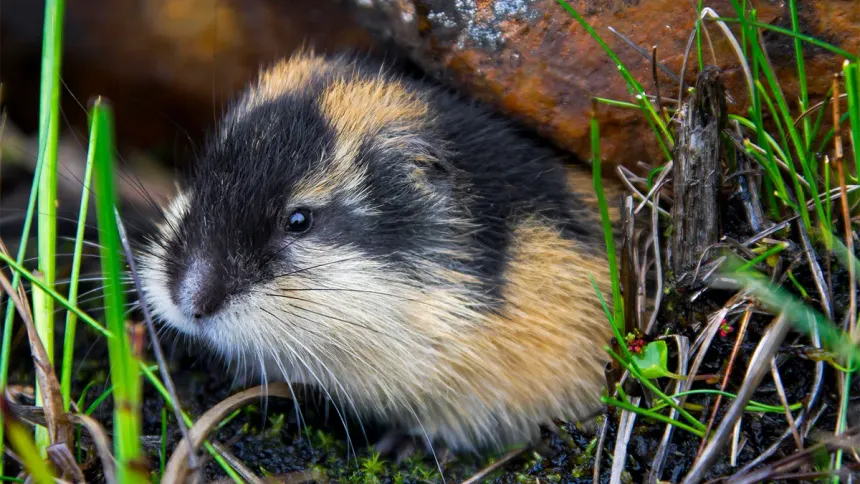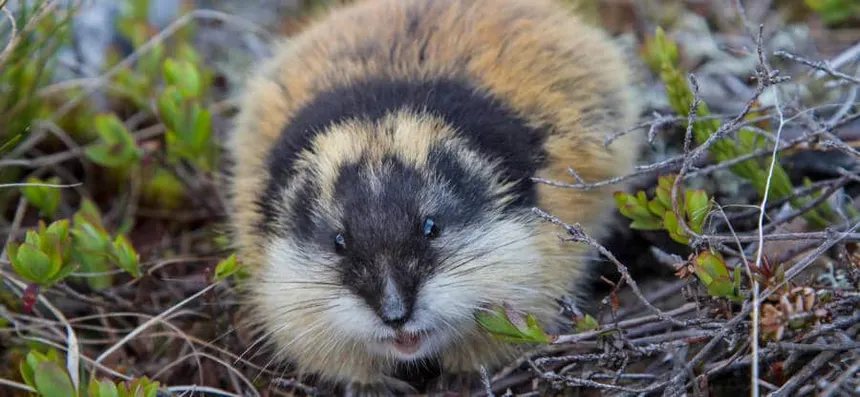“Little Legends of the North: 7 Fascinating Facts About Lemmings”

Lemmings are small, furry rodents best known for their dramatic population booms and enduring myths—particularly the (false) idea that they commit mass suicide. Native to the Arctic tundra and taiga, lemmings are creatures of extremes: extreme environments, extreme numbers, and extreme misconceptions.
Here are 7 intriguing facts that reveal the true story behind these misunderstood mammals.
1. No, Lemmings Don’t Commit Suicide
One of the most persistent myths about lemmings is that they deliberately leap off cliffs in large groups. This myth was popularized in part by a 1958 Disney documentary, which staged such scenes. In reality, lemmings do not commit suicide. Their mass movements during population peaks can lead them into dangerous situations, but these are accidents—not intentional acts.
2. Population Booms—and Busts—Are Legendary
Lemming populations follow natural boom-and-bust cycles, often every 3–5 years. In a boom year, their numbers may rise dramatically due to favorable weather, abundant food, and fewer predators. Eventually, overpopulation leads to food shortages and more predator attention, causing a rapid population crash.
3. They’re Arctic Specialists
Lemmings are uniquely adapted to life in the harsh Arctic tundra. They have:
- Thick fur for insulation
- A compact body that retains heat
- The ability to burrow beneath snow to stay warm and forage during the winter
Their resilience makes them one of the few rodents to remain active all year long, even in subzero conditions.
4. Tiny but Feisty
Despite being only 3–6 inches long, lemmings are known for their boldness. Unlike many small mammals, lemmings do not shy away from predators. They will squeal, charge, or bite when threatened. This surprising aggression may help them survive, or at least confuse a would-be predator.

5. Lemming Migrations Are Real—and Risky
When their habitat becomes overcrowded, lemmings may migrate en masse in search of new territory. These migrations can cover miles of tundra. Unfortunately, obstacles like rivers or cliffs can result in high accidental death rates, which partly explains the origin of the suicide myth.
6. Lemmings Are Important to Arctic Food Chains
Lemmings are a keystone species in the Arctic ecosystem. They are a primary food source for many predators, including:
- Arctic foxes
- Snowy owls
- Stoats
- Gulls
Their population cycles have ripple effects on these predators’ breeding success and survival.
7. They Breed Like… Well, Lemmings
Lemmings reproduce quickly. A single female can produce up to seven litters a year, with 6–8 young per litter. This incredible reproductive rate helps populations bounce back after a crash and supports their dramatic booms.
Conclusion: Misunderstood Marvels of the North
Lemmings may be small, but they’re full of surprises. From braving the brutal cold to fueling entire Arctic ecosystems, these rodents play a vital role in the natural world. And while they might not be the cliff-diving daredevils of legend, the real story of lemmings is far more fascinating—and just as dramatic.



